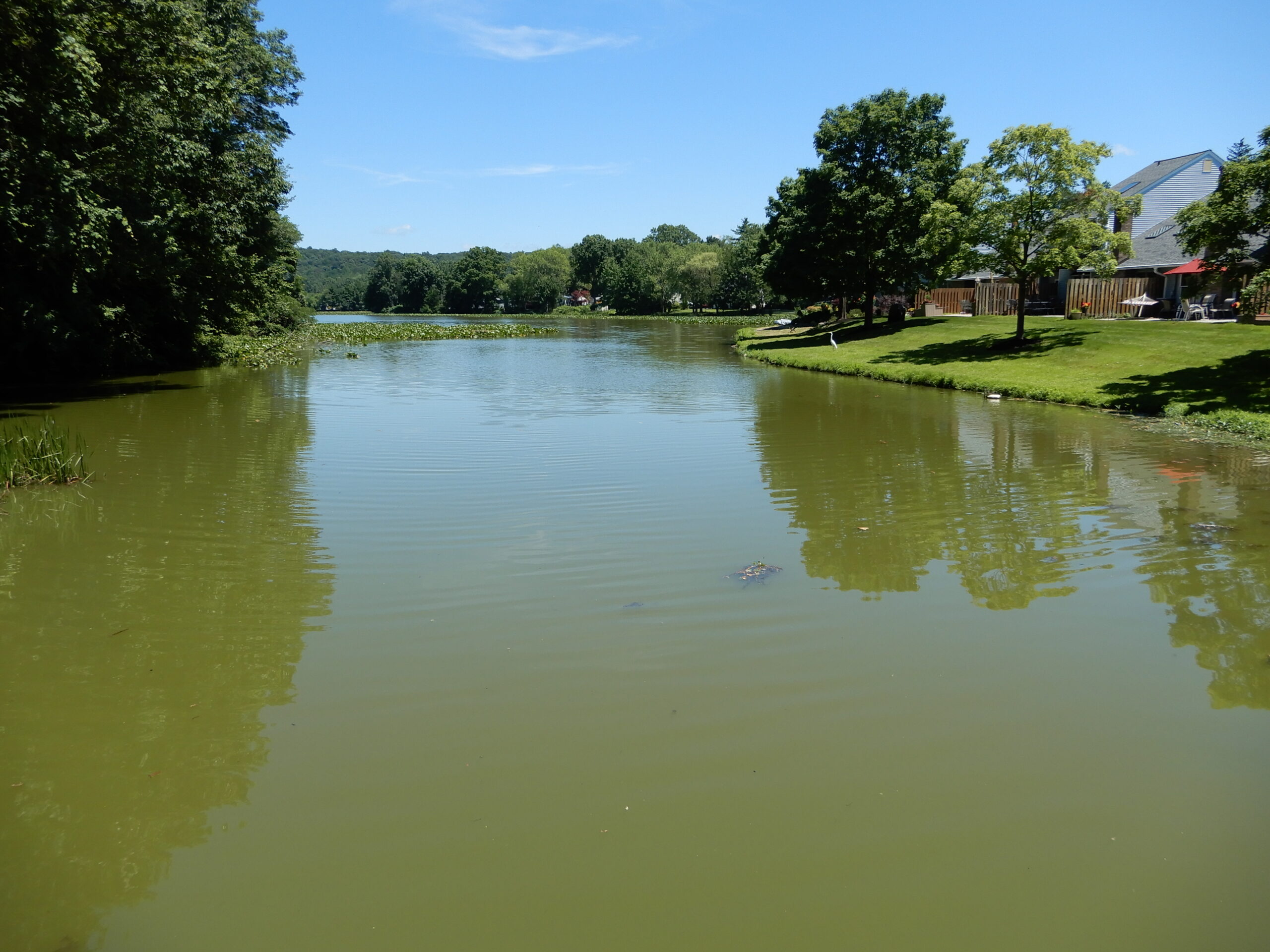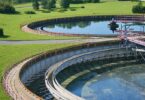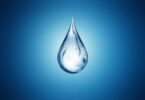The World Bank and Mckinsey in their 2030 water report suggest population growth and additional demand for water will create a 40% gap between the supply and demand of water by the year 2030. Assuming nothing is done to better manage our water resources, this means only 6 out of every 10 people across the globe will have access to quality water for drinking and hygiene. The impact would be broad in the areas of health and the world economy.
This is the first of 3 articles addressing Harmful Algal Blooms. Here we will address the current state of HABS, in May we’ll look at breakthroughs that have prompted new thinking and in June we’ll make recommendations.
While many look at numbers that are expressed in the first paragraph, and think we have a water scarcity problem, the issue we have is not the amount of water, which is plentiful on the earth, under the earth in groundwater and in the atmosphere. The issue is the quality and accessibility of water resources. We have been given dominion over the earth and as such we are expected to be the good stewards of creation, but forty percent of waters in the United States are impaired by nutrients and toxins we’ve allowed to flow into the waters in your neighborhood and across the globe. 1.8 billion people across the globe drink water that is contaminated. https://www.globewater.org/facts/water-pollution-statistics/
Harmful Algae Blooms are one of the major factors in the deterioration of the world’s source waters. According to the United States Geological Survey the blooms are intensifying across the globe. There are solutions. We will discuss the current state of Harmful Algae Blooms in the first of a 3-part series on HABS. The second article will be on recent developments to solve the HABS issue and the third will be recommendations going forward.
HISTORICAL APPROACH TO RESTORING LAKE EUTROPHICATION
Harmful Algae Blooms are caused by an abundance of nutrients especially phosphates from fertilizers and other sources that accumulate in sediments and are then perpetually recycled in the water causing rapid overgrowths or blooms of naturally occurring phytoplankton that degrade water bodies.
Globally, water resource management professionals struggle to recommend viable solutions as we allow eutrophication to drive us over the cliff that is the onset of HABs. In southern Africa, Britain, India, Uruguay and the USA rivers, lakes, dams and reservoirs are succumbing to this cancer in our water.
The progressive worsening of the condition of our lakes is reflected in everything from scientific research to lakes shut down for recreation, the wildlife dying and leaving large fish-kills, dead pets and plummeting property values.
Historically, research focused on identifying and correlating the symptoms of eutrophication in the physical and chemical condition of a lake. Inevitably, interventions and treatments were symptomatic: herbicides, algaecides, phosphorus precipitants etc. Over the past couple of decades, it has become apparent not only that these do not work, but that they actually make the situation worse and accelerate the eutrophic process. Even though it is apparent that these chemicals do not work and make the problem worse. We have seen governments continuing to issue permits for these destructive solutions.
Because of the terminal nature of HABs present in a lake, the focus has switched from eutrophication in general, to HABs in particular. General observations and correlations about nutrient levels, trophic indices and water chemistry have been displaced by the need to get a better understanding of root causes and the underlying mechanisms driving both the eutrophic process and the ecosystem change to HAB dominance. (1 Utility of Trophic Index)
The majority of work to date has been focused on research and testing as no clear path was evident to remediation. As a result, the solution was to post signs on the danger of harmful algae, warning people to stay away from the body of water.
Cottingham et al in 2016 were perhaps the first to articulate the root causes of eutrophication and the onset of HABs in terms of an ecosystem habitat change driven by sediment nutrient recycling, and systems theory processes, rather than simply water chemistry changes. (2 Cyanobacteria as biological drivers of N & P recycling)
The Cottingham paper stands in stark contrast to prior work which presented a myriad of complicated physical, chemical and other observed symptoms and correlations such as this. (3 Cyanobacteria in reservoirs, causes, consequences, controls)
Cottingham separated the signal from noise and provided clarity and insight into a new way of understanding this ecosystem regime change, hypoxia, sediment nutrient recycling, ecosystem habitat regime changes to cyanobacteria dominance.
Since then, much of the research that has followed this line of thinking appears to have been conducted in China, where studies such as this (4 Algae bloom and decomposition changes P cycle pattern) explore the differences and changes at the benthic margin in HAB and non-HAB environments with respect to the “microbiome” changes promoting the sediment nutrient recycling that enables cyanobacteria to exert competitive advantages to entrench their presence.
We have also found that the cyanobacteria toxins travel through the air in high enough concentration to do damage as far as 1.5 kilometers from the source of the contamination.
Cottingham’s clear diagnosis of the problem helped researchers move beyond monitoring to develop a multi-level solution to address both the hypoxia and the sediment build-up. Where are we today? Bodies of water are significantly connected, and we are living the reality of a downward spiral for the quality of our source waters.
Only recently has there been a clear solution expressed, after years of research and verification. The US Government Accountability Office issued a report in May 2022 calling for agencies to take action to eradicate HABs. In our next issue, we will look at the findings and recommendations of this study, and how it might help accelerate treatment of impaired waterways.
Related stories:
Green power: Harnessing algae to clean water and fight climate change
Five ways you can become water-wise this October







